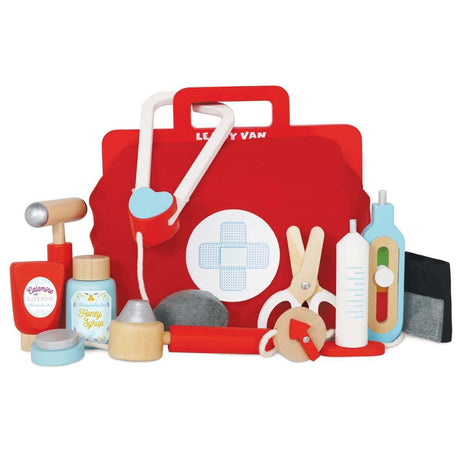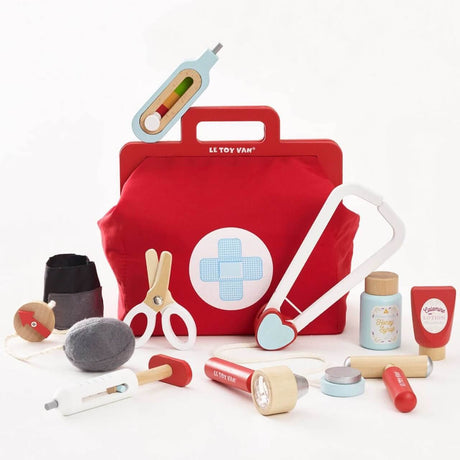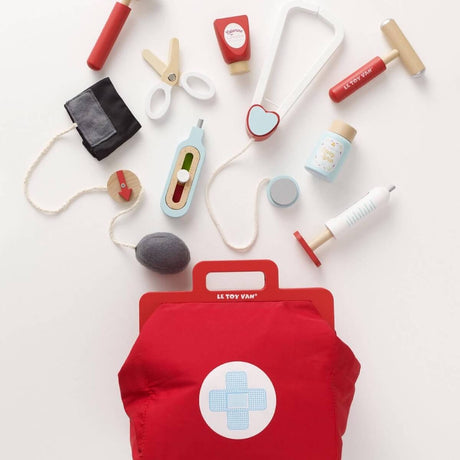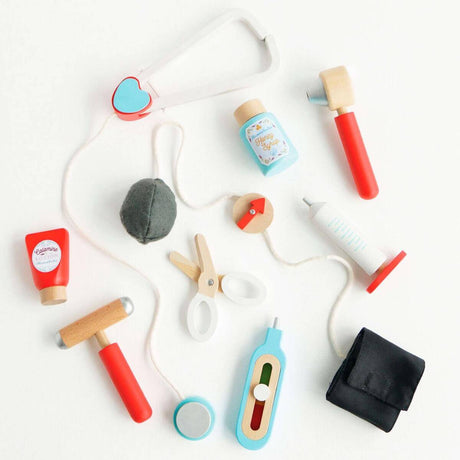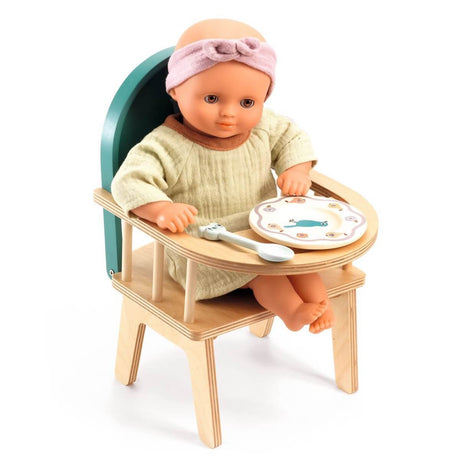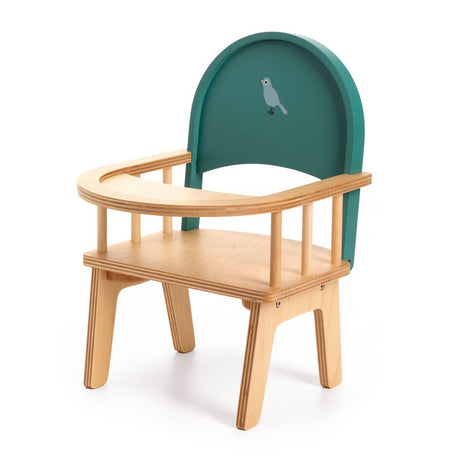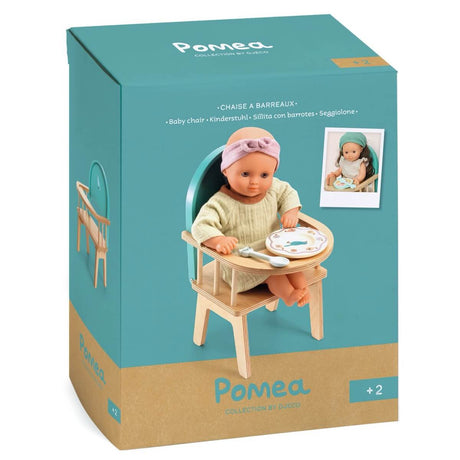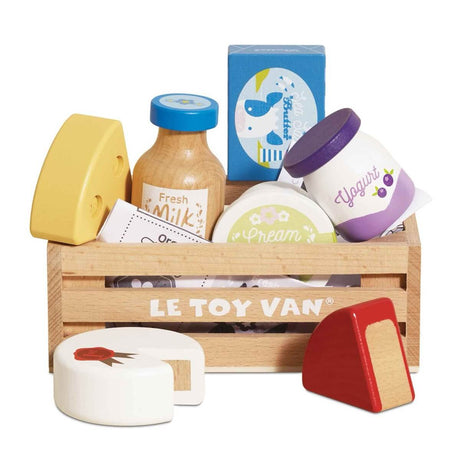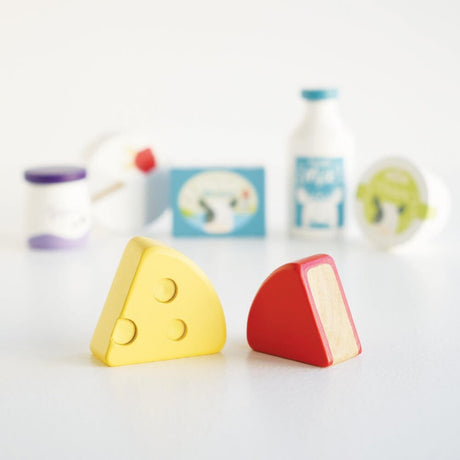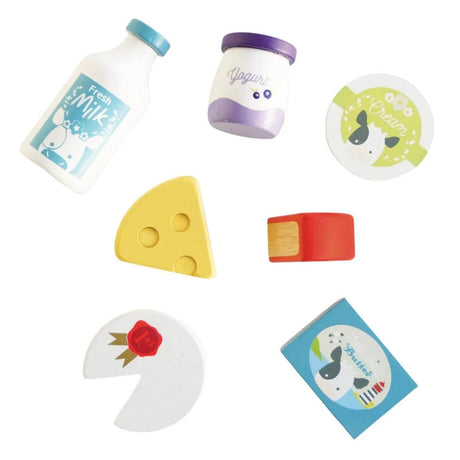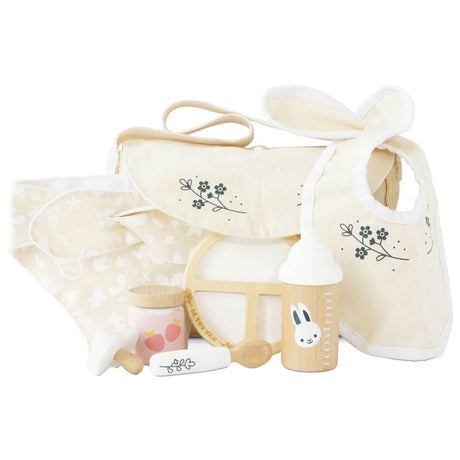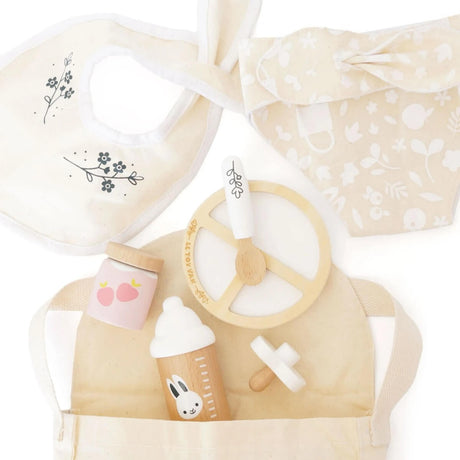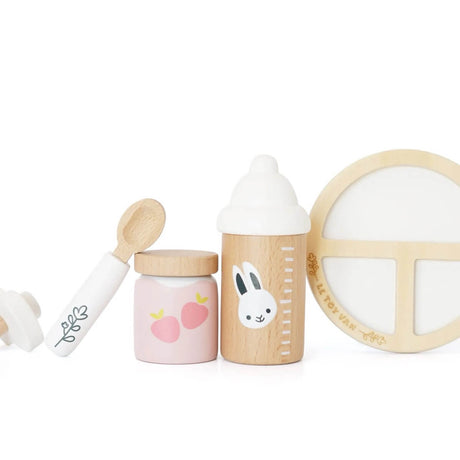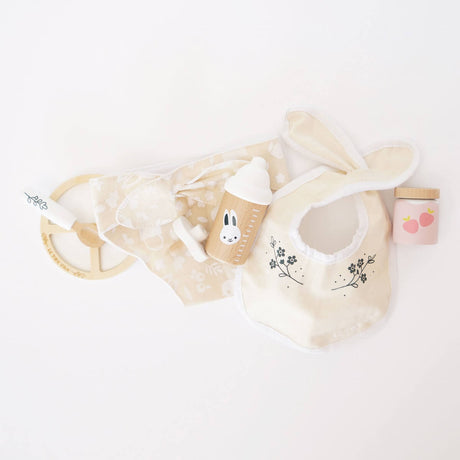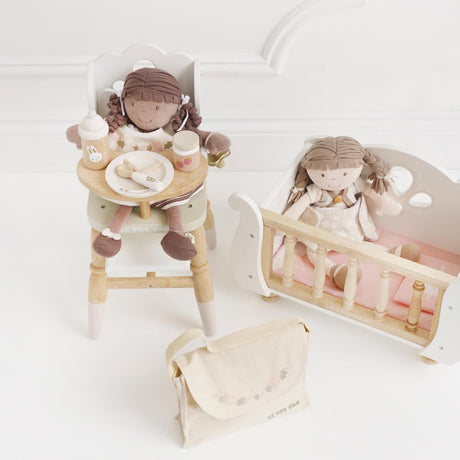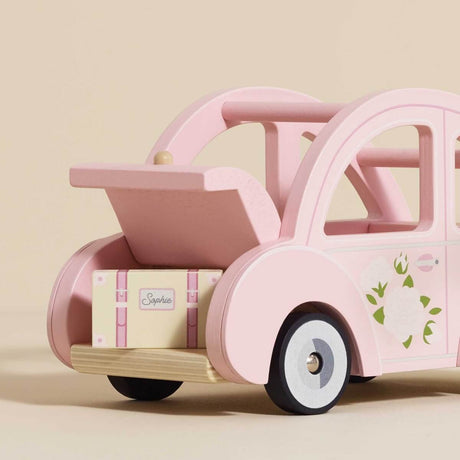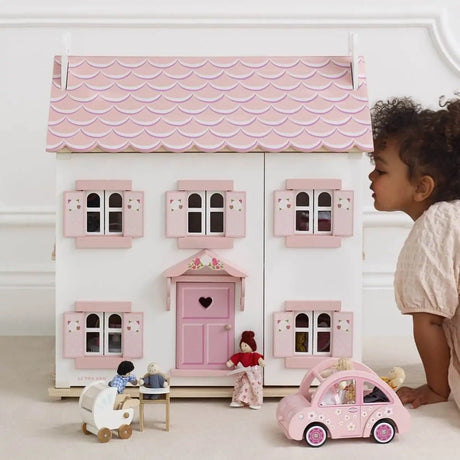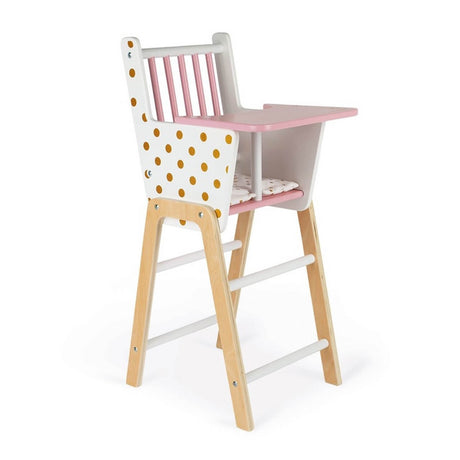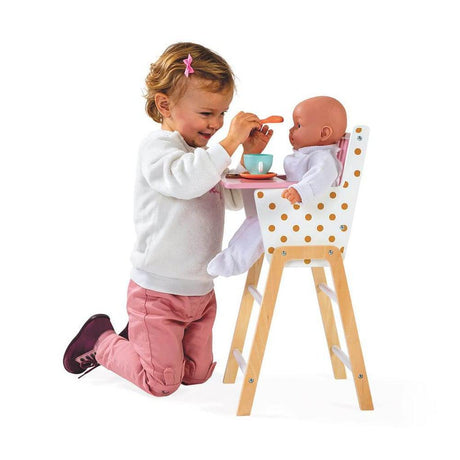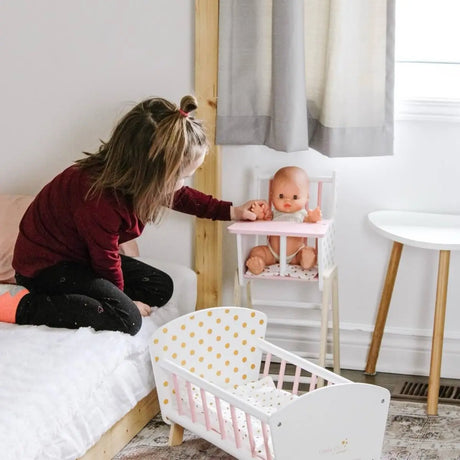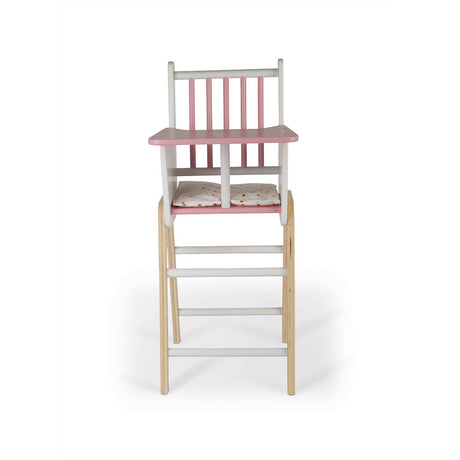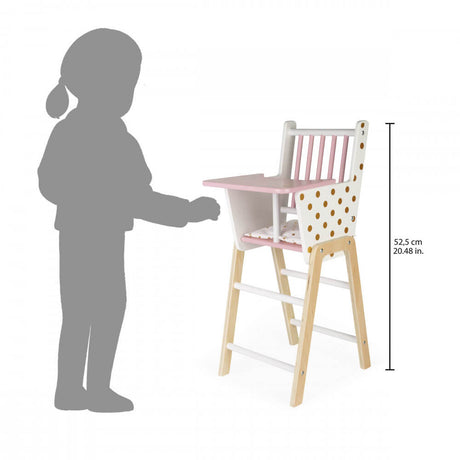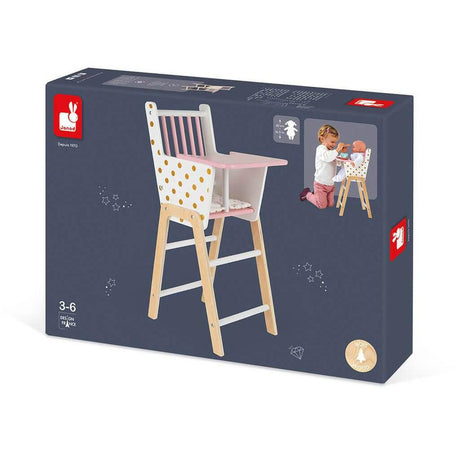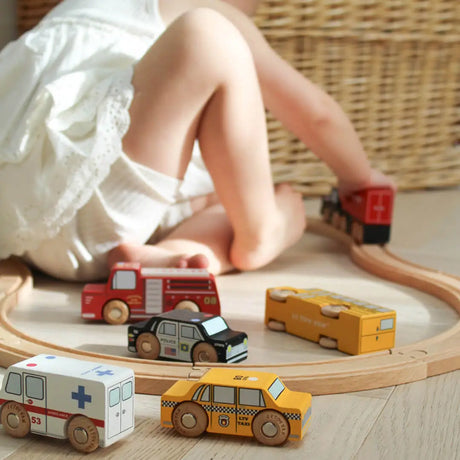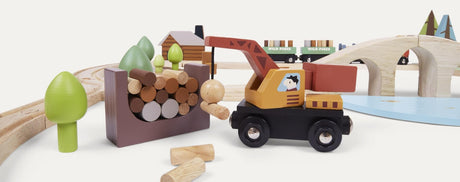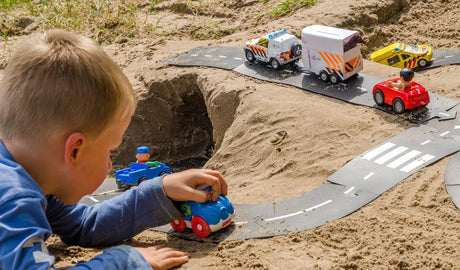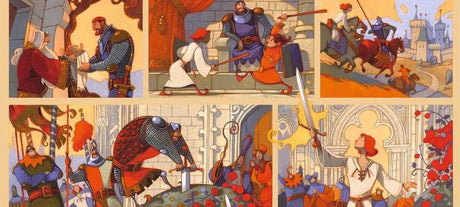When we think of toys, they should evoke warm, nostalgic memories of joyous childhood days, with a colorful and fun array of figurines, dolls, games and puzzles. When it comes to passing down memories, parents want to give their children the best toys, which will give them the same feeling of joy.
However, the toy industry has a dark side that many people miss.
In this article, we will take stock of the dark reality of the toy industry, and the emergence of eco-responsible toys in response to this major issue.
The alarming reality of the toy industry
The environmental impact of toys, especially plastic ones, is considerable. According to a UNESCO study, toys represent a significant part of household waste.
The Plastic Epidemic
Above all, the toy industry is the sector with the highest consumption of plastic in the world. It is estimated that billions of toys are produced each year, the vast majority of which are made from non-biodegradable plastic.
In fact, it is estimated that 90% of toys on the global market are currently made of plastic, mainly polypropylene, polyethylene and acrylonitrile butadiene styrene... PP, PE, ABS, these famous acronyms which are found almost everywhere on toys. toy packaging.
These plastics not only pose environmental risks when discarded and end up in waste, but their production is a significant source of greenhouse gas emissions.
Add to this the concern over microplastics - small particles of plastic that break down from larger plastics - which are increasingly found in our waterways and in the food chain, their environmental impact is even more alarming.
Marketing Madness
Another dark side of the toy industry is aggressive marketing targeting both parents and children. The industry proliferates and then exploits the idea that children need an ever-expanding array of toys to reach their full potential. Advertisements cleverly exploit parents' anxieties, insinuating that a child's happiness, intelligence or social skills may be limited without the latest hot toy.
The research, however, offers a different perspective. Studies suggest that children benefit more from quality engagement and imaginative play rather than an overabundance of toys. In fact, too many toys can lead to sensory overload and reduce the quality of play, making it more superficial and less imaginative.
The emergence of eco-responsible toys
Faced with these challenges, more and more companies are turning to more sustainable alternatives that are more respectful of the environment and consumers. Wooden toys, for example, are a popular option. Not only are they biodegradable, but they are also often made from wood from sustainably managed forests.
Paints and treatments used on wooden toys must also be non-toxic. Certain major retail brands, unfortunately remaining in a logic of fashion or seasonal overconsumption, do not hesitate to use paints based on solvents which can emit volatile organic compounds (VOC), which can cause air pollution. air and potentially harm the child's health.
While eco-responsible toy brands, not responding to fashion but which are committed to sustainability and respect for the health of their customers, use paints and water-based finishes which are free from solvents. Additionally, some brands use food pigments to color their toys, making them even safer for children of all ages.
Intentional Toys
Recognizing these concerns, a growing movement advocates for the intentionality of toys. This movement encourages purchasing not only based on a toy's immediate appeal, but also on its long-term value, environmental impact, and educational merit.
Here are a few guidelines you can adopt for more intentional toy buying:
- Quality over quantity : Instead of buying lots of toys, invest in a few high-quality toys that will stand the test of time and provide versatile play options.
- Eco-friendly choices : Choose toys made from sustainable materials, like wood and organic materials.
- Educational Value : Toys that stimulate creativity, critical thinking, and problem solving are not only more engaging, but also provide lasting developmental benefits.
- Avoid impulse purchases : don't give in to marketing pressure. Take the time to do your research and think before purchasing a toy. This will help you avoid excessive purchases and save money.
In conclusion
The toy industry, while bringing joy to millions of children, also has its share of dark realities. From environmental degradation due to excessive use of plastic to manipulative marketing tactics, there are many aspects worth reforming.
As consumers, parents hold the power. By making informed, intentional choices, and opting for toy manufacturers and retailers that embody strong principles, parents can ensure that their children's play time is not only fun, but also responsible and responsible. sustainable.
After all, today's toys should not endanger the planet of tomorrow's children.



